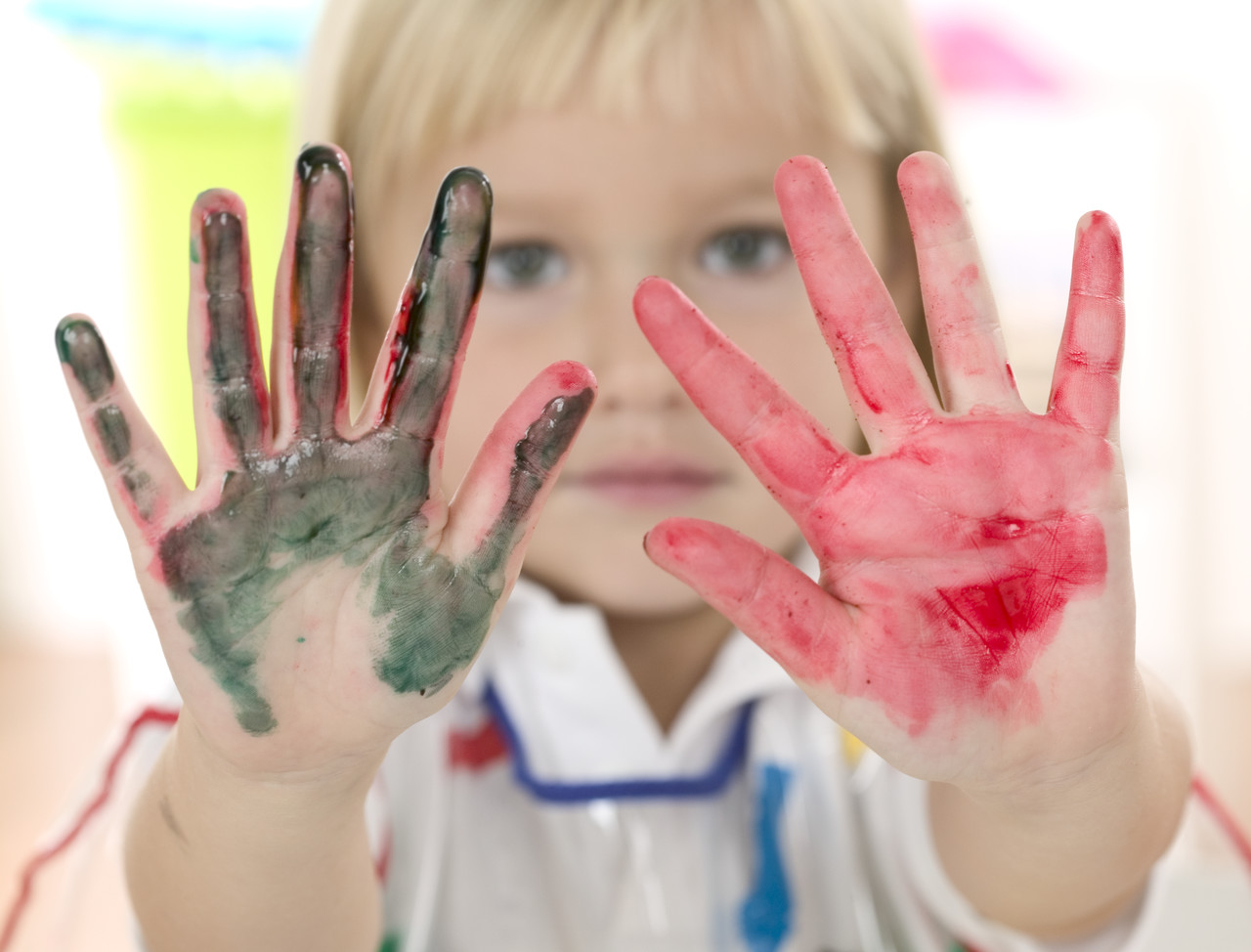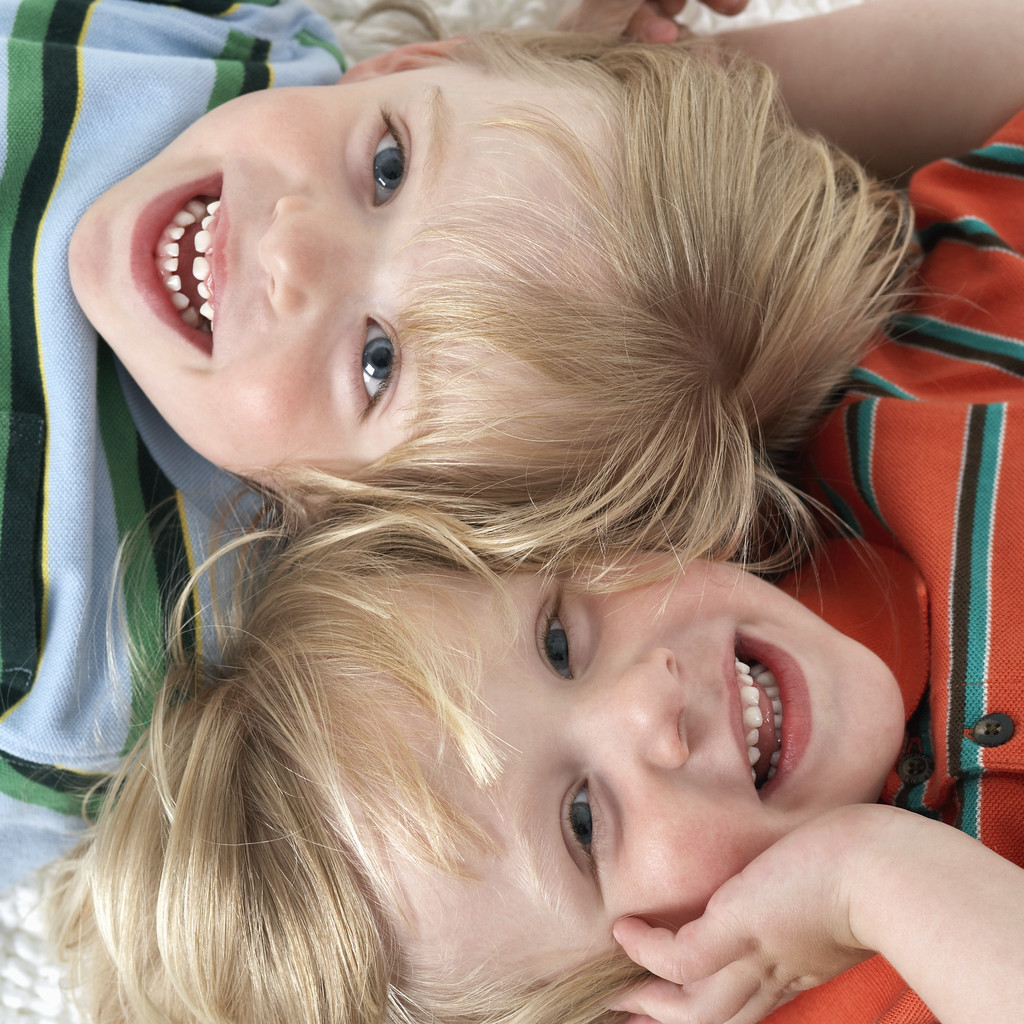Books can do so much to help adults as well as children have a better understanding of themselves and others. I recently read Reading Lolita in Tehran by Azar Nafisi. In this book, the author tells the story of a group of young female students who meet to discuss works of fiction. It soon becomes obvious that as they do this, they also begin to examine their own lives. When we find a book that touches children in that way, we can begin to help them look at themselves in new ways.
When I read a new books for children, I usually find that a past experience or a specific child comes to mind. This was the case with When No One is Watching by Eileen Spinelli and illustrated by David A. Johnson. It didn't take long for me to think of a little girl in my class not long ago. One on one she was a delightful person, full of both funny and meaningful thoughts to share. But the minute she was in front of more than one person she became shy and quiet, not willing to participate. This would be the book for her. The main character talks about how she feels when no one is watching and then contrasts it to how she feels when "everyone" is watching. In the end she talks about another girl, her friend who is also shy and the things they do together.
This would be a great book to read one on one with a shy child, but also to a group because I think many children feel like they need to hold back when others are watching. Many children are afraid they will fail or not be good enough. Of course you don't want to make anyone feel uncomfortable by pointing them out, but if one of the teachers could talk about a time when they were hesitant to participate, it just might help a child or two feel a little more comfortable. Change takes time, but little nudges like this book could help.
Some children need a straight forward book to help them understand their own and other's feelings. I was amazed to learn years ago that some children just can't read faces. I was surprised to learn that as I taught children about specific facial expressions, I became better at understanding what others were expressing. The series of books Let's Look at Feelings can help with this. The book I read was What I Look Like When I am Surprised. The book has different children all with surprised look on their face. The simple text points out what is happening in the pictures. The mouth is open, the eyebrows are raised and other descriptive details. The book is not going to get many children asking you to read it again, but it can be a spin off to lots of fun learning activities. Take pictures of your class expressing different feelings and turn them into your own book or bulletin board. Discuss things that might result in a surprised look. Talk about the difference in a happy surprise and a not so happy surprise.
The last book for today is Froggy's Worst Play Date by Jonathan London. Froggy can't find any of his regular friends home. His dad ends up taking Froggy and a girl frog on a play date to the movies. Quite honestly, I'm not sure how I feel about this book, maybe because I am not sure how Froggy feels about his play date. Even as I write that I realize that it might make for a good discussion and it would be great for children to explain how they think Froggy feels. Just because I don't know the answer doesn't mean there is not value in having children explore feelings and why they feel one way or another. In fact, I think I've talked myself into trying this book out with my class! I'll let you know if it is a hit or not.

Monday, October 14, 2013
Subscribe to:
Posts (Atom)

